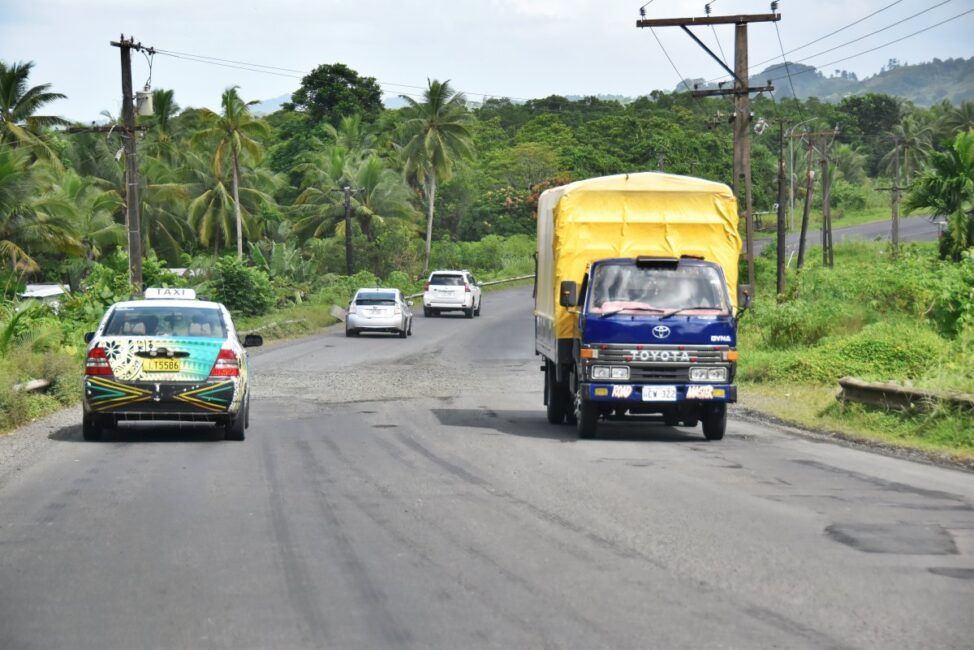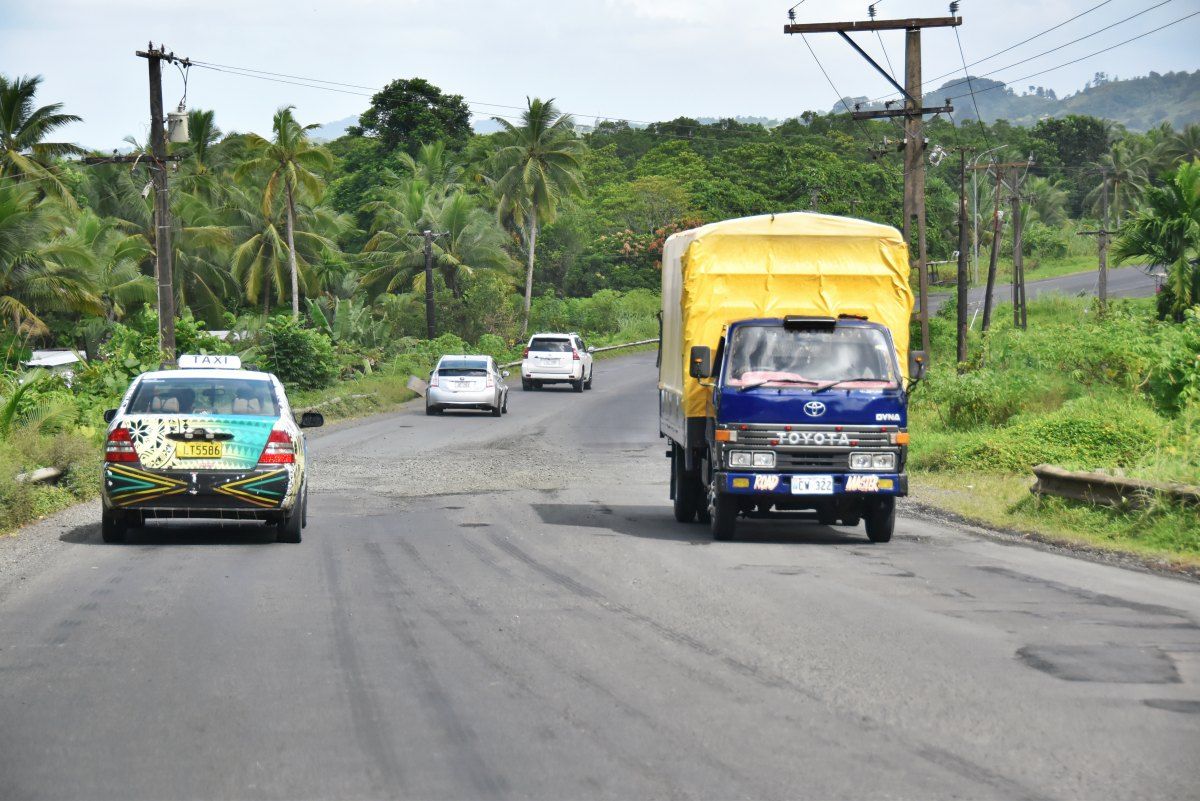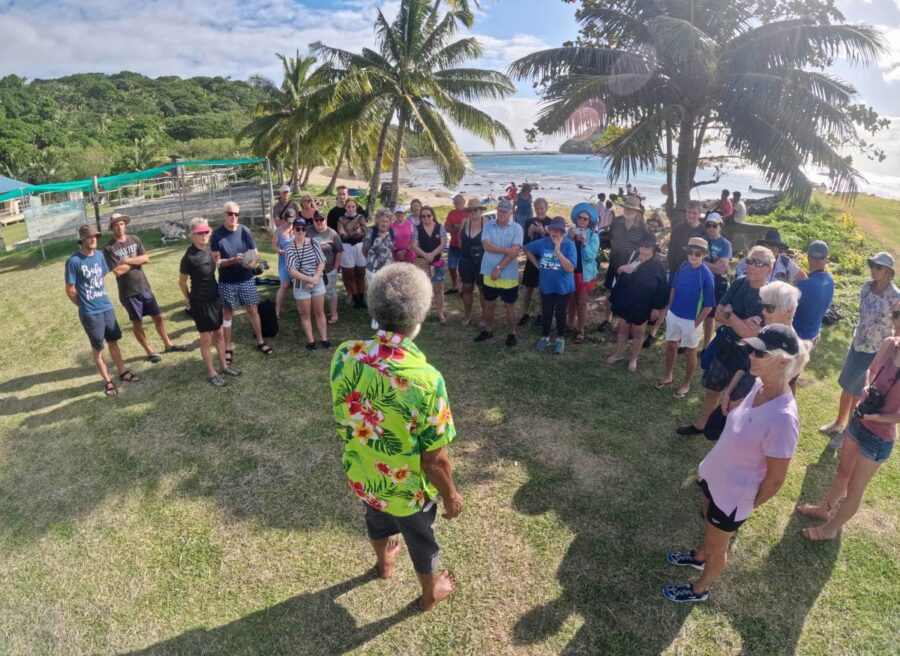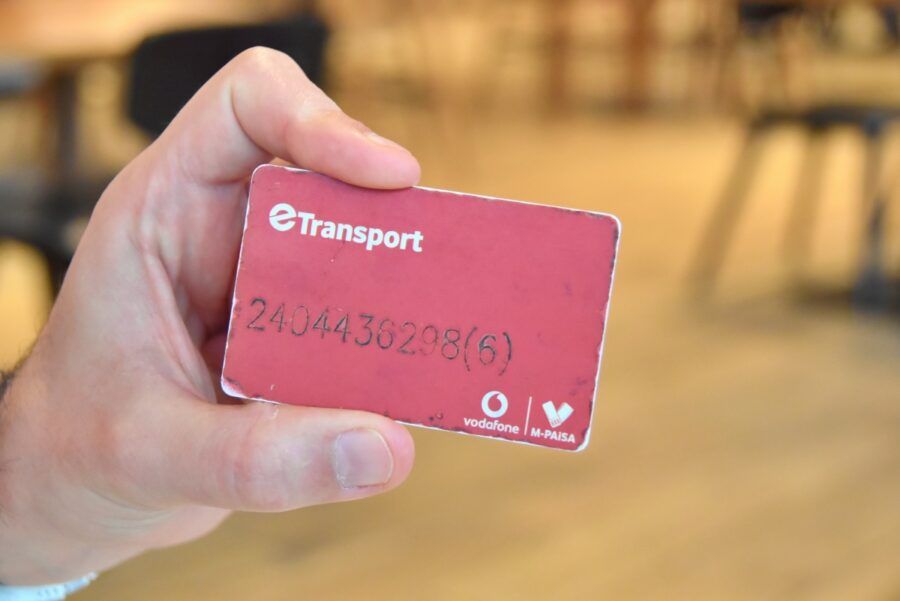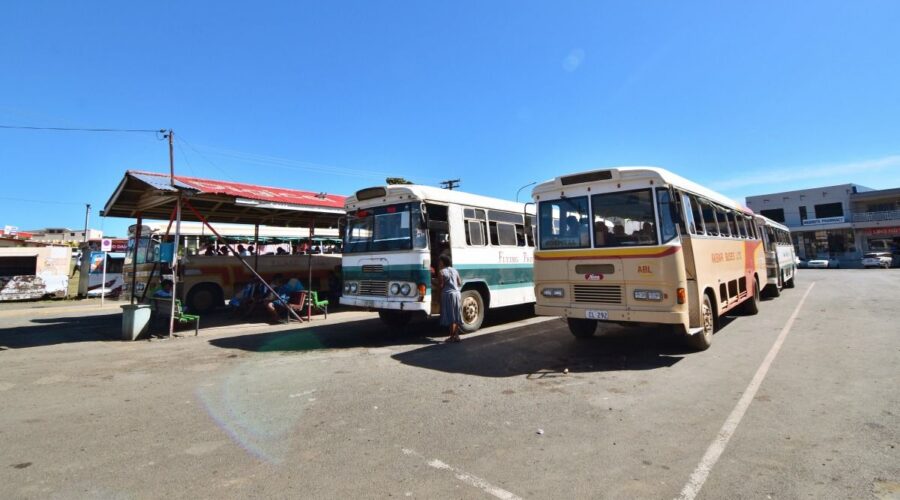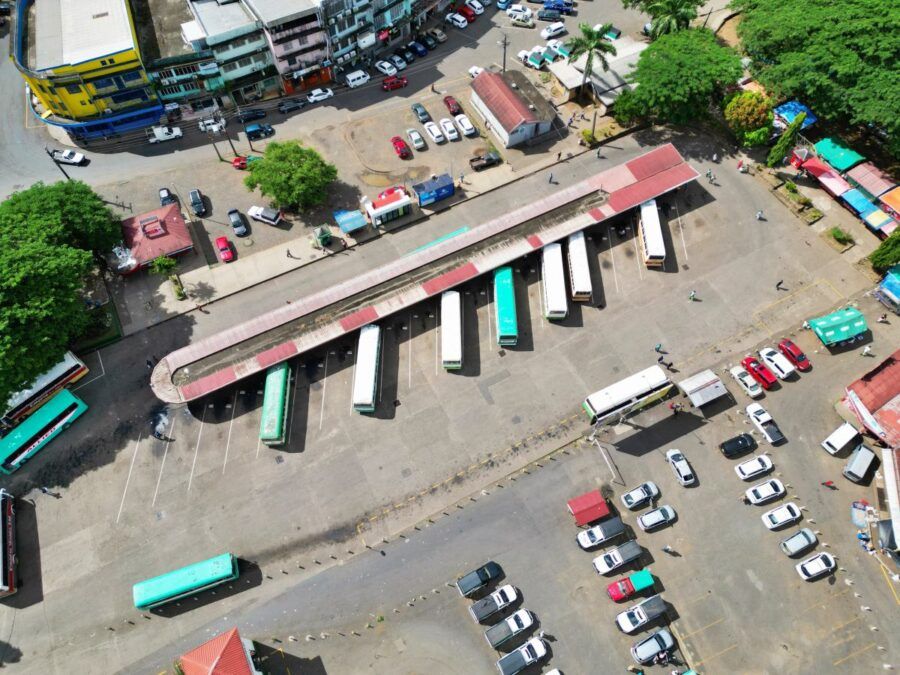How to Commute in Fiji
Although Fiji is made up of 333 islands spread across almost 1.3 million square kilometres, public and local transport services are limited to islands with roads. Therefore, commuting transport is available on islands such as Viti Levu (the main island), Vanua Levu, Taveuni and Ovalau. With the railway lines exclusively for the use of transporting sugarcane, public transport on these islands is on the road. Check out the guide below on commuting in Fiji to learn more about the local transport.
For more information on overwater transport in Fiji, see our guide to Public Transport in Fiji.
Table of Contents
5 Tips for Commuting in Fiji
Navigating Fiji’s diverse transportation options can be an adventure in itself. Whether you’re island-hopping or exploring the bustling streets of Suva, these five tips will help you travel like a local (and save a few Fijian dollars along the way)!
- While taxis in towns have meters, the same cannot be said for rural areas, so be sure to ask the price before hitting the road.
- Buses require an eTransport Card, which can be purchased onboard (temporary tickets) or from Vodafone agents (permanent).
- You need to be 21 years or older and have a full driving license to hire a car.
- Public buses run on a rough schedule, so don’t be surprised if they are late (or early).
- Where there is a bus station in a town or city, there is also usually a taxi depot and a carrier stand.
With these tips in mind, you’re all set to navigate Fiji’s charming transport system. Remember, island time is a real thing here, so sit back, relax, and enjoy the journey as much as the destination.
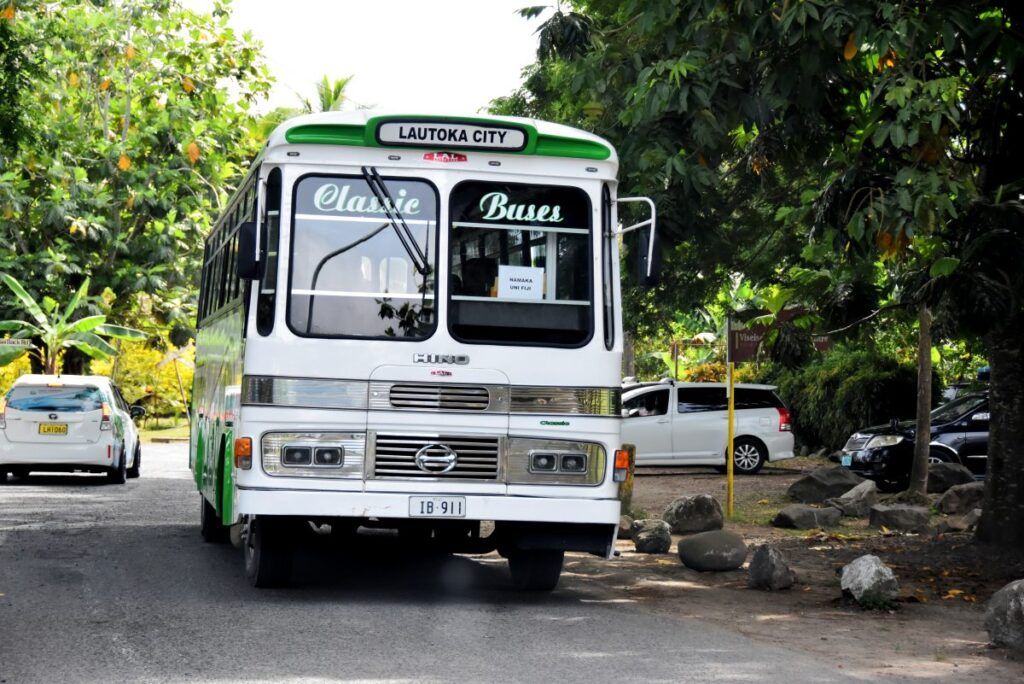 © FijiPocketGuide.com
© FijiPocketGuide.comPublic Buses, Express Buses and Carriers
Fiji’s main commuting routes are on the roads of Viti Levu and Vanua Levu. Public transport comes in the form of two different types of buses, as well as locally-run carriers and minivans. For typical prices for bus travel in Fiji, see How Much Does it Cost to Travel Fiji by Bus?
Public Buses
A cheap way to get around a city or from the city to a rural area, public buses provide a real “local” experience. Public buses are usually in buses that have seen quite a few years and have tarps as windows rather than glass. They are available on the islands of Viti Levu, Vanua Levu, Taveuni and Ovalau, although the latter two just have buses running twice/thrice a day along with the school run.
Public buses in Fiji run on a rough schedule, and you can often see up-to-date timetables at bus stops in the major towns and cities. In rural areas, it’s best to ask a local where to wait for the bus.
While public buses are a good way to get around a city or short distances between neighbouring towns, they provide a pretty lengthy trip if travelling, say from Nadi to Suva. The express buses are best for longer trips.
For a full guide to public buses, check out How Much Does it Cost to Travel Fiji by Bus?
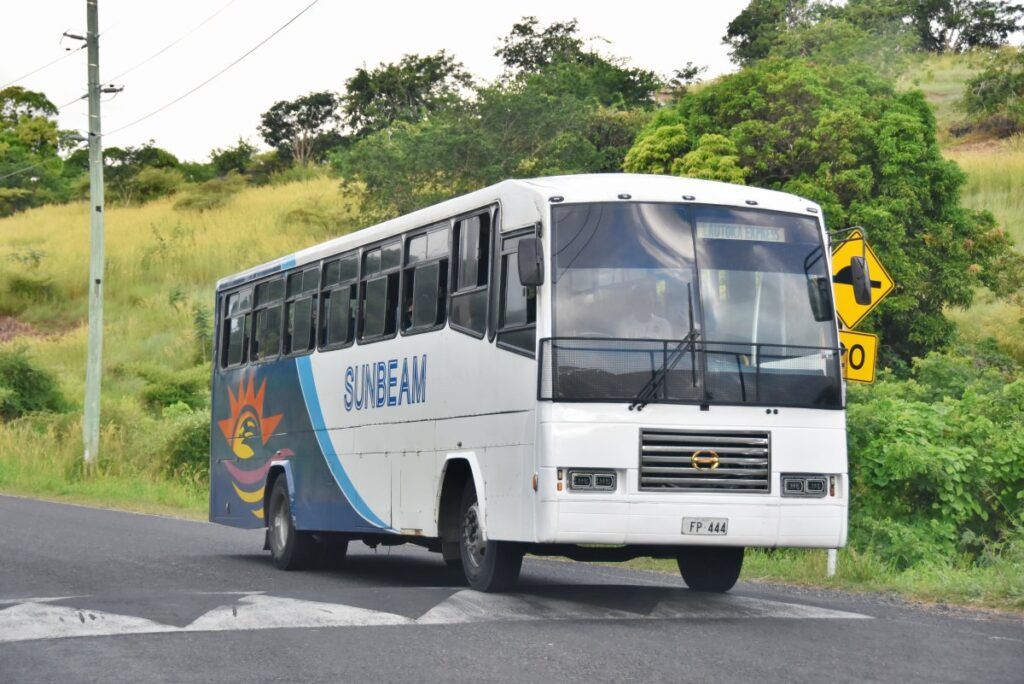 © FijiPocketGuide.com
© FijiPocketGuide.comExpress Buses
“Express bus” is the common name given to inter-city buses in Fiji. Express buses are only available on the island of Viti Levu, with two major routes: between Nadi and Suva on the Queens Road and between Nadi and Suva on the Kings Road.
While a little more expensive than public buses, express buses are still what many would consider “affordable”, with prices being less than FJ$30 to get between Nadi and Suva. Buses are large coaches, some with air-conditioning and even a movie playing – not that you’ll need it with the scenery providing more than enough entertainment.
For a full guide to express buses, check out How Much Does it Cost to Travel Fiji by Bus?
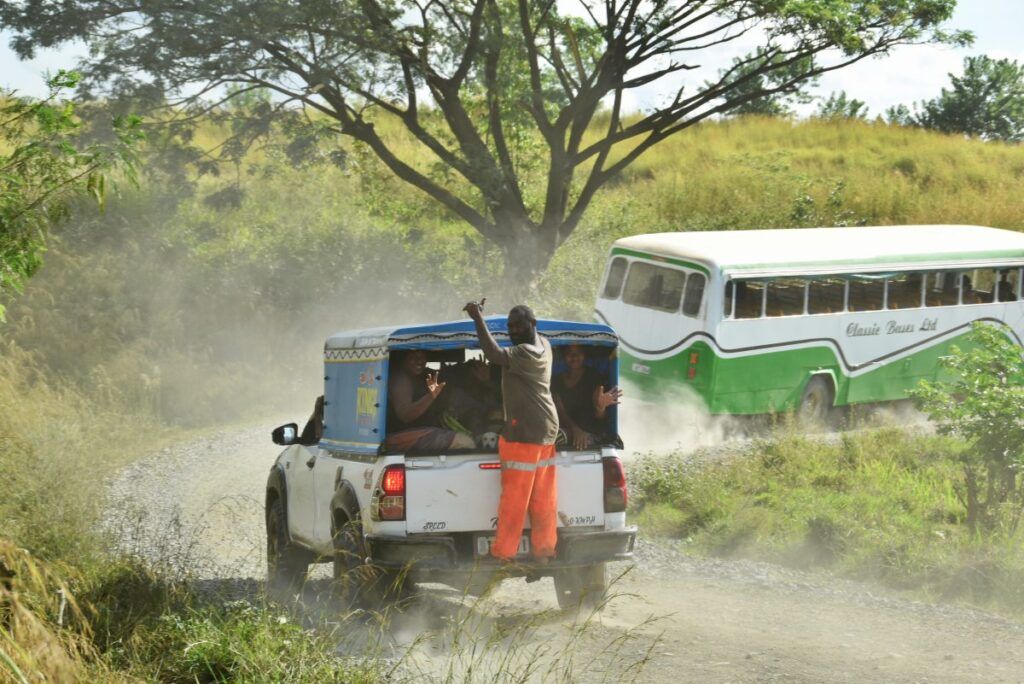 © FijiPocketGuide.com
© FijiPocketGuide.comCarriers and Minivans
While not necessarily an “official” service, many locals run small trucks with a tarp-covered frame on the back, known as carriers. They often take routes that public buses do, while some even offer trips from Nadi to Suva.
Working in a similar way to carriers, minivans pick up passengers around Nadi and travel to Suva along the Queens Road. They usually squeeze in as many passengers as possible, so don’t expect comfort.
Both carriers and minivans are typically slightly more expensive than public buses but get passengers to their destinations faster.
Learn more about these methods of transport in our complete guide to Minivans & Carrier Vans in Fiji.
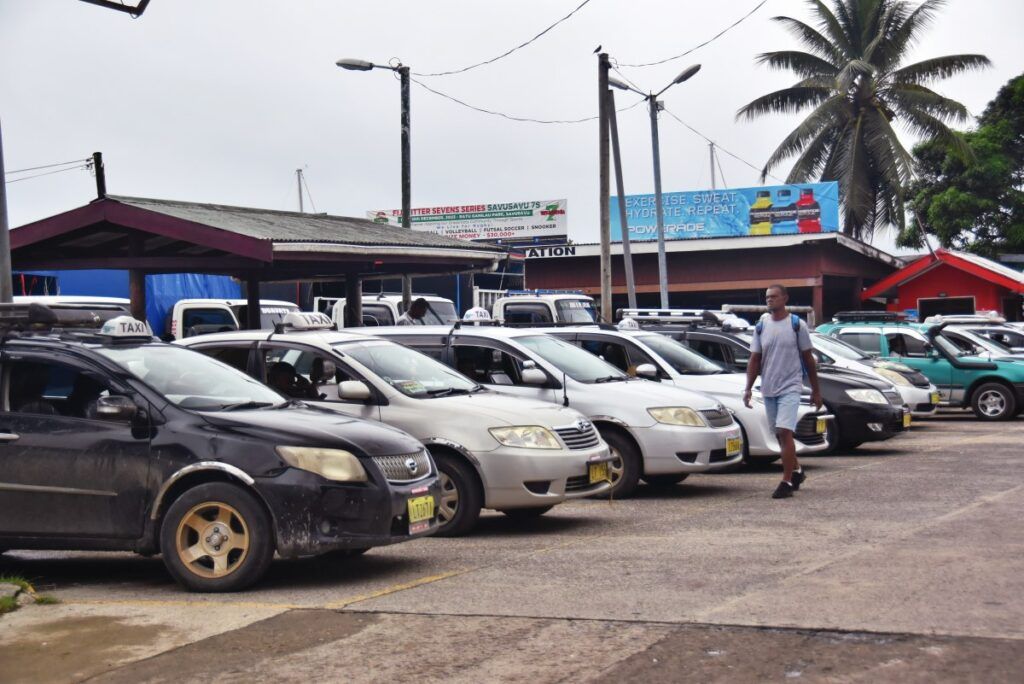 © FijiPocketGuide.com
© FijiPocketGuide.comTaxis
Taxis come in two forms in Fiji: taxis with “LT” on the license plate work the same way as they do elsewhere in the world, offering a door-to-door service while using a meter to determine the price, and transfer services with “LH” on the license plate, which can be hired for airport transfers, rural sightseeing or longer trips between towns. Most would consider the “LT” taxis the best option for commuting, as fares are regulated by the government and they are generally less expensive. See some typical taxi prices in How Much Does a Nadi Airport Taxi Cost?
Taxi depots can usually be found near bus stops in towns and cities. You can also hail down taxis from the side of the road, while hotel concierges can also call you a taxi (note that they tend to call transfer companies rather than local taxis, however).
Learn more about the nuances of Fiji’s taxis in The Guide to Taxis in Fiji: LT Vs. LH Plates, How to Use & More.
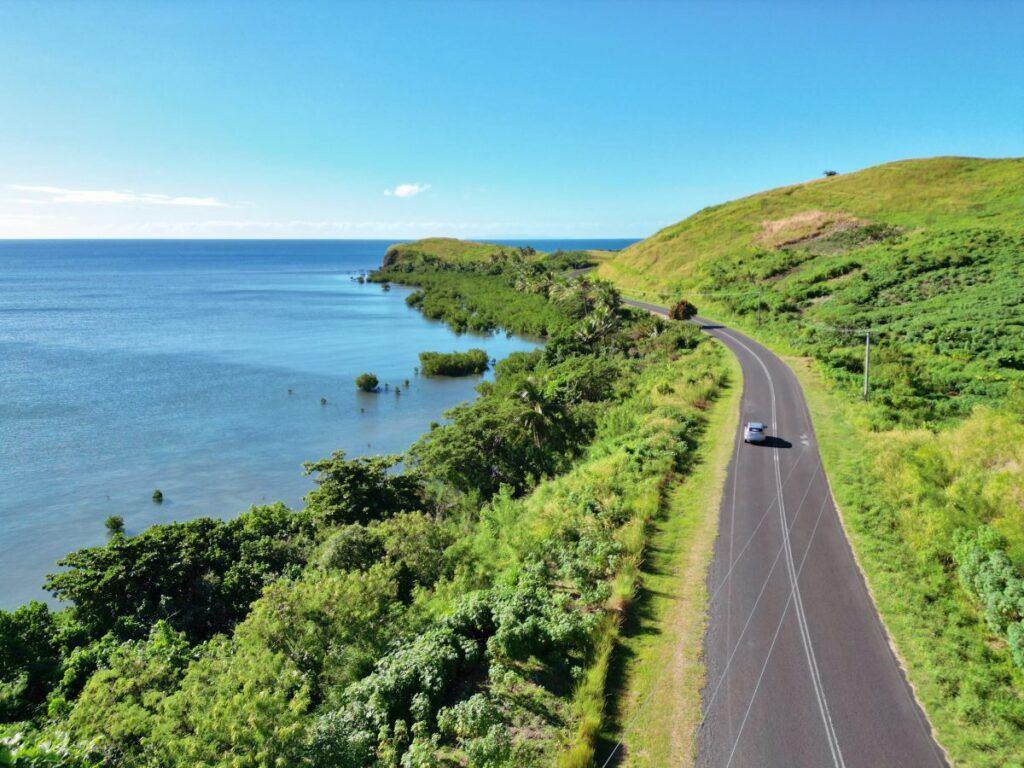 © FijiPocketGuide.com
© FijiPocketGuide.comDriving in Fiji
Finally, travelling by car is another way to commute in Fiji. For visitors, renting a car is usually a good option, allowing the freedom to go where you want when you want. Car rentals are available on the islands of Viti Levu, Vanua Levu and Taveuni.
For more advice on renting a car in Fiji, see The Guide to Renting a Car in Fiji plus our recommended car rentals in the 20 Best Car Rentals in Fiji.
Driving Tips for Fiji
While major roads like the Queens and Kings Road on Viti Levu and the Hibiscus Highway on Vanua Levu are sealed, many rural roads are not. A 4WD or at least a car with high clearance is recommended for travel around Fiji’s rural areas and inland roads.
While the main roads in Fiji are well-signposted, turning off into the rural roads is less so. It’s best to have an idea of where you are going before you set off. It’s possible that you’ll need to stop to ask for directions along the way.
The speed limit in Fiji is 40 kph in towns, 60 kph in suburbs and 80 kph elsewhere. Hazards on the road include pedestrians and stray animals.
For more tips, see How to Drive in Fiji + 10 Road Rules You Need to Know.
More About Commuting in Fiji
That’s it for our guide to commuting in Fiji; for more information about getting around the islands, check out the following articles:
- The Guide to Public Transportation in Fiji
- Domestic Flights in Fiji: Your Guide to Interisland Flights
- Fiji Ferry Guide: How to Use Ferries for Interisland Travel
Finally, if there’s anything we’ve missed, you’re likely to find it in The Guide to Transport in Fiji.
Sources:
The information in this guide has been compiled from our extensive research, travel and experiences across Fiji and the South Pacific, accumulated over more than a decade of numerous visits to each destination. Additional sources for this guide include the following:
- Land Transport Authority (Road safety advice - Updated [2025])
- Tourism Fiji (General travel advice - Updated [2025])
- Fiji Immigration (Visa and immigration advice - Updated [2025])
- Fiji Revenue & Customs Service (Customs and visitor taxes - Updated [2025])
- Biosecurity Authority of Fiji (Biosecurity advice - Updated [2025])
- Fiji Meteorological Service (Weather forecast and warnings - Updated [2025])
- Fiji Bureau of Statistics (Statistics and travel data - Updated [2025])
- Ministry of Tourism and Civil Aviation (Tourism statistics - Updated [2025])
- SPTO (Pacific tourism advice - Updated [2025])
- Fiji Hotel and Tourism Association (Tourism trade association - Updated [2025])
- Safe Travel (New Zealand travel advisory for Fiji - Updated [2025])
- Smart Traveller (Australia travel advisory for Fiji - Updated [2025])
- Travel.State.Gov (U.S. travel advisory for Fiji - Updated [2025])
Our editorial standards: At Fiji Pocket Guide, we uphold strict editorial standards to ensure accurate and quality content.

About The Author
Robin (Ruveni) C.
This article was reviewed and published by Robin, the co-founder of Fiji Pocket Guide. He has lived, worked and travelled across 16 different countries before settling in the South Pacific, so he knows a thing or two about planning the perfect trip in this corner of the world. Robin is also the co-founder of several other South Pacific travel guides and is a regular host of webinars with the South Pacific Tourism Organisation.
